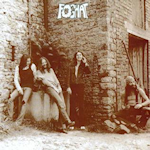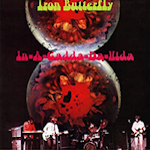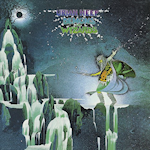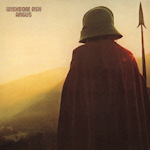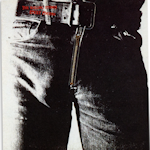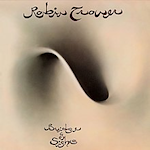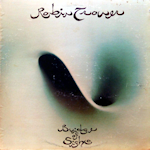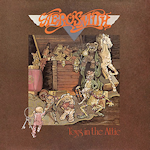
"Styx II" is the second studio album by the American rock band Styx, released in July 1973. The album features a mix of progressive and hard rock with elements of folk and pop, showcasing the band's diverse musical influences and abilities.
"Styx II" was produced by John Ryan and Bill Traut, who had previously worked with the band on their debut album, "Styx." The album was recorded at Paragon Recording Studios in Chicago and released on the Wooden Nickel label. The album features several popular tracks, including "You Need Love," "Lady," and "I'm Gonna Make You Feel It."
"Lady" failed to be a hit when it was first released in 1973; however, after the band released their fourth album "Man of Miracles" in 1974, they went to WLS, the most powerful Chicago radio station at the time, and convinced the program director to replay the song. It ended up being played frequently on the air in Chicago. In May 1975, the song broke nationally, eventually peaking at no. 6 on the Billboard charts. "Lady" would become the breakout hit for the band and remains one of their most beloved songs to this day.
Critics generally received the album positively, praising the band's musicianship and songwriting. Some also noted the album's improved production quality compared to the band's debut. "Styx II" is considered an important album in the band's discography and a significant contribution to the classic rock genre.
Trivia: "Lady" was later rerecorded after a contractual dispute with Wooden Nickel records, who originally released the album. Styx had moved to A&M Records and wished to include the track on a greatest hits album. Rather than have the album be held hostage over distribution rights, the band, which now included Tommy Shaw as a member, recorded a new, virtually identical version dubbed "Lady '95".
Styx genealogy and discographyExplore Styx music on Amazon...

